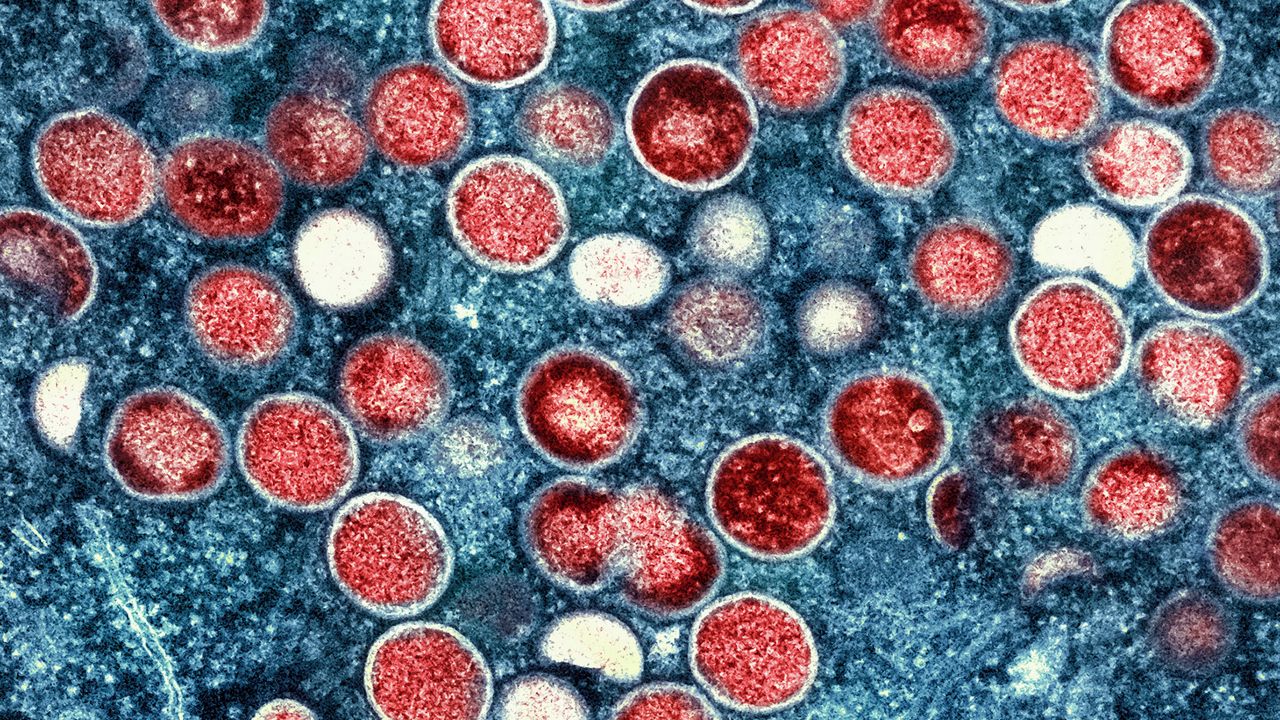CINCINNATI — The Cincinnati Health Department confirmed two cases of monkeypox during a meeting Tuesday night.
According to health officials, the cases were identified through the patients' respective health care providers.
The Centers for Disease Control and Prevention reports 17 cases of the disease have been found in Ohio so far this year, with a total of 3,591 cases identified in the U.S.
The head of the World Health Organization declared monkeypox a global emergency on July 23, even though there wasn't consensus among WHO emergency committee. Declaring a global emergency means the monkeypox outbreak is an “extraordinary event” that could spill over into more countries and requires a coordinated global response.
According to the CDC, monkeypox is a rare disease caused by infection with the monkeypox virus. It's part of the same family as smallpox. While symptoms may be similar, they are milder than smallpox and monkeypox is rarely fatal.
Symptoms include:
- Fever
- Headache
- Muscle aches and backache
- Swollen lymph nodes
- Chills
- Exhaustion
- A rash that can look like pimples or blisters that appears on the face, inside the mouth and on other parts of the body, such as the hands, feet, chest, genitals or anus
- The rash goes through different stages before healing completely. The illness typically lasts between two to four weeks
Most infections last two to four weeks. It's transmitted person to person through direct skin-to-skin contact, having contact with an infectious rash, through body fluids, through respiratory secretions, or by inhaling large respiratory droplets or through close contact with body fluids and lesions, as well as bedding and other contaminated materials.
The CDC recommended anyone who has a rash that resembles monkeypox speak to their health care provider.
The Associated Press contributed to this story.



